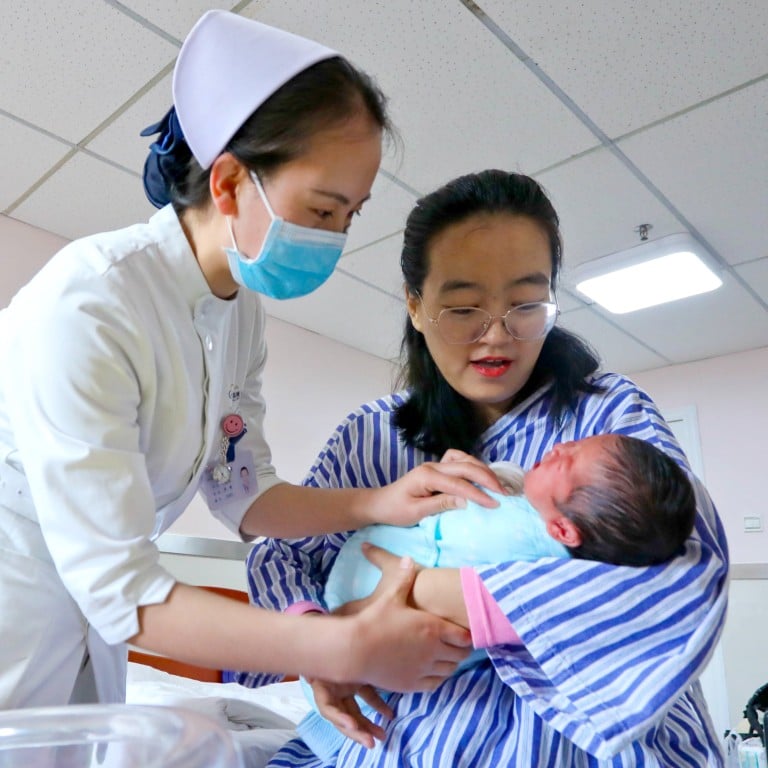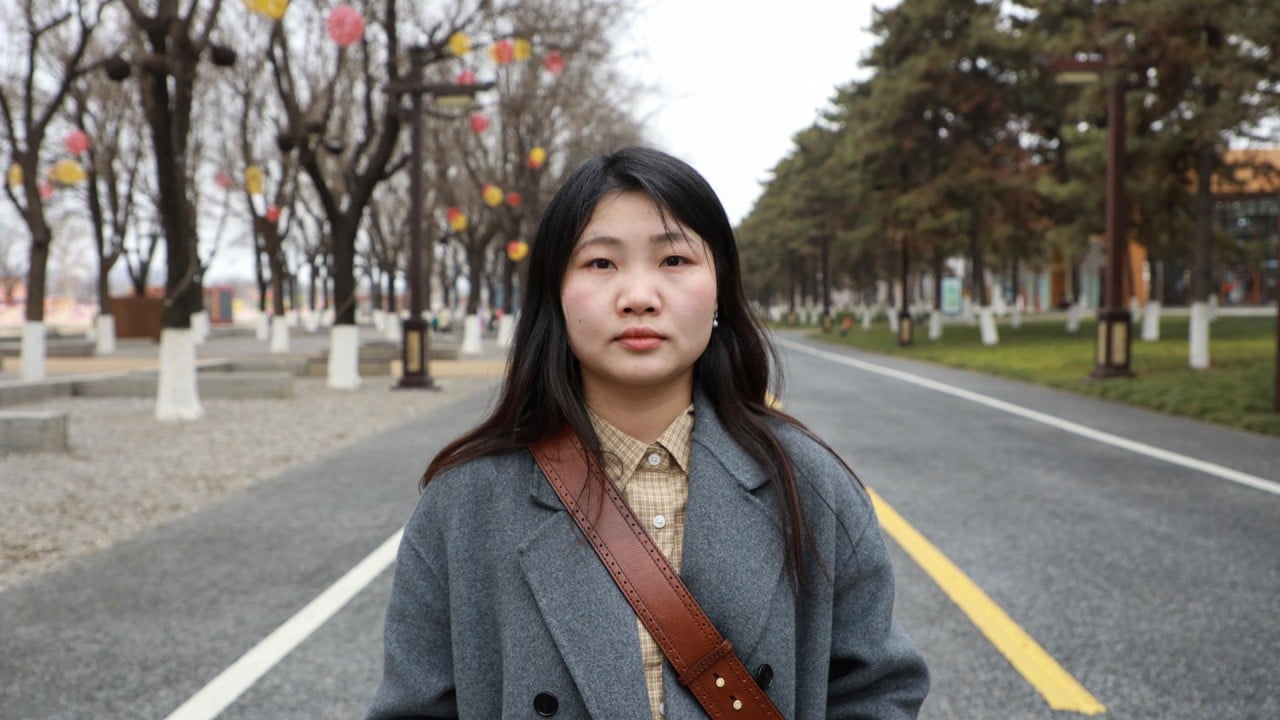
China’s gender gap widening post-pandemic, with ‘she-cession’ still real threat to economy
- Peking University study finds disparity between men and women more than doubled in terms of hours worked and widened by nearly 30 per cent in terms of pay in 2020
- Researchers also saw the ‘magnitude of the ‘she-cession’ in China’, where the Covid-induced economic slowdown disproportionately impacted the female labour force
China’s workplace gender gap significantly increased during the coronavirus pandemic, and has continued to widen, Chinese researchers said in the first paper portraying the “she-cession” phenomenon.
The disparity between women and their male peers more than doubled in terms of hours worked, and widened by nearly 30 per cent in terms of pay in 2020 compared with before the coronavirus outbreak, according to a study by a group of researchers from Peking University.
Compared with men, Chinese women – who are among the most active in the labour market in Asia – had an unemployment rate 5.1 percentage points higher, worked 1.4 hours less a day and were paid about 2,200 yuan (US$304) less a month in November 2020, according to the study.
China’s gender-equality failings still hold back women and economy, Beijing told
Tracking over 5,800 workers across 325 cities in three rounds of surveys, the researchers said that “documenting and understanding the magnitude of the ‘she-cession’ in China is not just a reflection of the past” as economic recession, unemployment and psychological traumas linger.
The phrase “she-cession” was coined as multiple studies in developed countries in the past couple of years suggested that the Covid-induced economic recession disproportionately impacted the female labour force.
Its female labour force participation rate – the proportion of those aged 15 and older that are economically active – declined from 61.4 per cent in 2019 to 60.5 last year, according to the World Bank.
Overall gender inequality in China has been worsening for decades, mainly due to low parity in political empowerment and sex ratios at birth, ranking 107th among 146 countries and regions last year, according to the Global Gender Gap Index by the World Economic Forum.
The Peking University study showed that working mothers with young children were worst hit by the pandemic.
Compared with working fathers with children under seven, mothers bore a 181 per cent higher unemployment risk, spent 18.6 per cent less time at work and earned 36.8 per cent less per month in late 2020.
If policymakers hope to prevent Covid-19 from widening existing gendered gaps in the labour market, they must provide more safe options for childcare
The gap mainly stemmed from changes in the division of labour within households during emergencies, the report said.
“During this special period, working mothers have taken on more family responsibilities, suffered greater employment impacts and experienced more severe psychological trauma,” it added.
Higher rates of low employment among women could also be a result of greater impact by the pandemic on more feminised sectors, such as wholesale and retail trade and tourism and hospitality, according to study by a group of Spanish researchers published in the “Corporate Social Responsibility and Environmental Management” journal in February.


